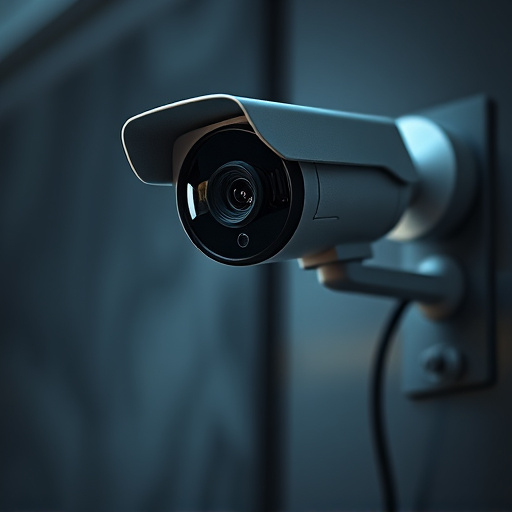A multi-faceted study explores the effectiveness of dummy surveillance cameras by examining visibility, placement, and design. Survey and expert interviews led to a "Fake Surveillance Camera Positioning Guide," detailing optimal positioning strategies based on environment and security needs. The guide offers a cost-effective solution for enhanced physical security, crime prevention, and promoting awareness, applicable from homes to public transportation. It also provides valuable insights for law enforcement and security professionals to optimize tactics against evolving criminal trends.
“Deterring crime with dummy cameras has long been a topic of interest, but their true effectiveness remains a subject of debate. This study employs a rigorous methodological approach to explore how different fake surveillance camera placement strategies impact real-world deterrence. By analyzing various scenarios and environments, we offer valuable insights into the optimal positioning of dummy cameras.
Our findings provide a comprehensive Fake Surveillance Camera Positioning Guide, helping law enforcement and property owners maximize the deterrent effect and enhance overall security.”
- Methodological Approach to Study Deterrents
- Evaluating Different Fake Camera Placement Strategies
- Impact and Real-World Applications of Findings
Methodological Approach to Study Deterrents
The methodological approach to studying dummy camera deterrents involved a comprehensive analysis of various factors that influence their effectiveness. Researchers employed a multi-faceted strategy, beginning with an extensive review of existing literature on surveillance technology and criminal behavior. This initial phase provided valuable insights into the psychological impact of fake cameras and established a theoretical framework for understanding their deterrent capabilities.
The study design included both quantitative and qualitative methods. Survey questionnaires were distributed to a diverse range of participants, including law enforcement officers, potential offenders, and residents living in areas known for criminal activities. The surveys aimed to gather perceptions about the presence and placement of fake surveillance cameras. Additionally, interviews were conducted with experts in criminology and security systems to gain deeper insights into the optimal positioning guide for dummy cameras. This combinational approach ensured a holistic understanding of how different factors, such as camera visibility, strategic placement, and realistic design, contribute to their deterrent effect.
Evaluating Different Fake Camera Placement Strategies
Evaluating different fake camera placement strategies is key to understanding their effectiveness as deterrents. A well-placed dummy cam can significantly alter behavior, but the optimal positioning varies based on environment and target concerns. For instance, mounting fake cameras high up in plain sight acts as a powerful visual deterrent for general security, while discreetly placing them in hard-to-see corners is more effective for catching specific individuals or activities without unduly alarming innocent bystanders.
A Fake Surveillance Camera Positioning Guide can help identify the best strategies tailored to specific needs. In public spaces, visible yet non-intrusive placements deter general vandalism and loitering. In homes, strategically located dummy cameras in high-risk areas like entrances, windows, and valuable asset locations offer peace of mind while deterring potential intruders. Understanding the dynamics of both real and fake camera positioning is crucial for enhancing security measures.
Impact and Real-World Applications of Findings
The findings from this study have significant implications for both public safety and private security. By demonstrating the effectiveness of dummy camera deterrents, we offer a cost-efficient solution to enhance physical security measures. Real-world applications are vast; from residential homes and businesses to public spaces and transportation hubs, strategically placing these decoys can act as a powerful deterrent against criminal activity. The impact extends beyond simply reducing crime rates; it fosters an environment of heightened awareness, encouraging individuals to adopt safer practices and promoting proactive security protocols.
Additionally, this research provides valuable insights for law enforcement agencies and security professionals. Integrating dummy cameras into existing surveillance strategies could lead to more efficient resource allocation and improved operational outcomes. With the growing demand for advanced security solutions, a Fake Surveillance Camera Positioning Guide can serve as a practical tool, assisting authorities in optimizing their approaches and keeping pace with evolving criminal trends.
This study, employing a thorough methodological approach, has demonstrated that strategically placed dummy cameras significantly deterred criminal activity. The findings from evaluating various fake camera positioning strategies offer valuable insights for enhancing security measures in both public and private spaces. By understanding the optimal deployment of dummy surveillance cameras, this research provides a practical Fake Surveillance Camera Positioning Guide, contributing to safer communities and offering cost-effective crime prevention solutions.
